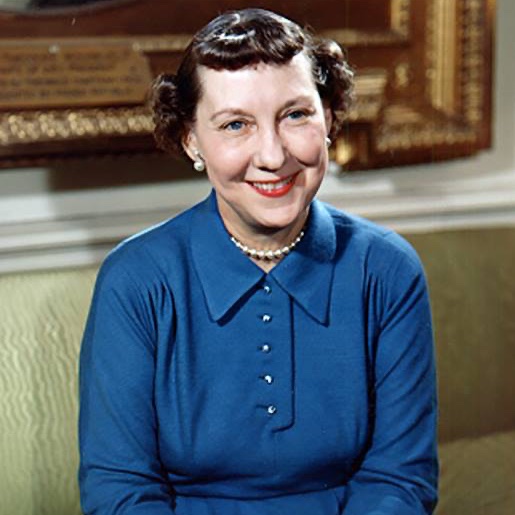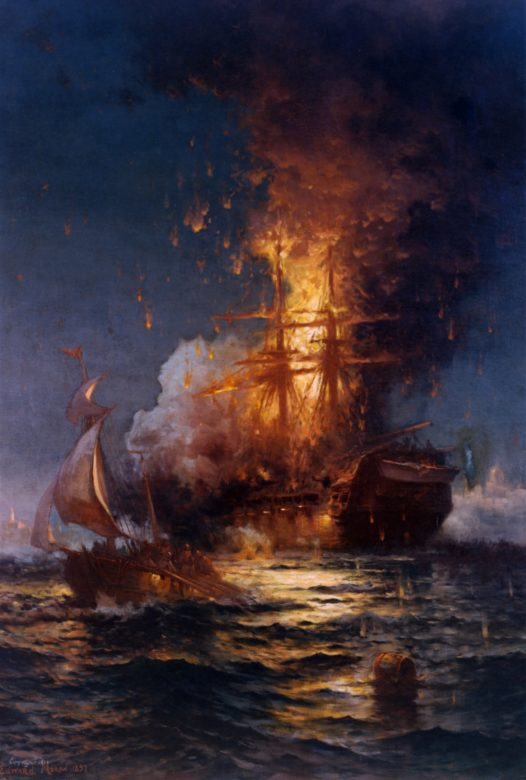During this difficult time, we have created new online educational resources for parents, students, educators, and learners of all ages. A few weeks ago, we presented our “Digital Resources for #DistanceLearning” 1/6: whitehousehistory.org/online-resourc…
Now, we are providing more digital resources for #DistanceLearning with “Sharing White House History,” gathering together educational materials from over 100 presidential sites across the United States 2/6: whitehousehistory.org/sharing-white-…
This is part of the work of the bi-annual #PresidentialSites Summit, where we convene leadership from this country’s presidential sites to share innovative ideas about the management of our sites 3/6: pss2020.regfox.com/presidential-s…
We are also bringing White House history to younger children with a new virtual tour in our #WHExperience app, “Tour the White House: For Kids!” Children will enjoy learning “fun facts” associated with the public and private spaces of the White House 4/6: whitehousehistory.org/digital-librar…
And join us here for #WhiteHouseHistoryWednesday, in which we pair history with suggested Anywhere Activities. Last Wednesday, we explored the elegant world of White House tableware—and then made some of our own 5/6: whitehousehistory.org/teacher-resour… 

We will continue to add new content to these collections, and we welcome your suggestions by reply here and by email at onlineresources@whha.org. Please share these resources and let us know what else you would like to learn about. 6/6 

• • •
Missing some Tweet in this thread? You can try to
force a refresh





















